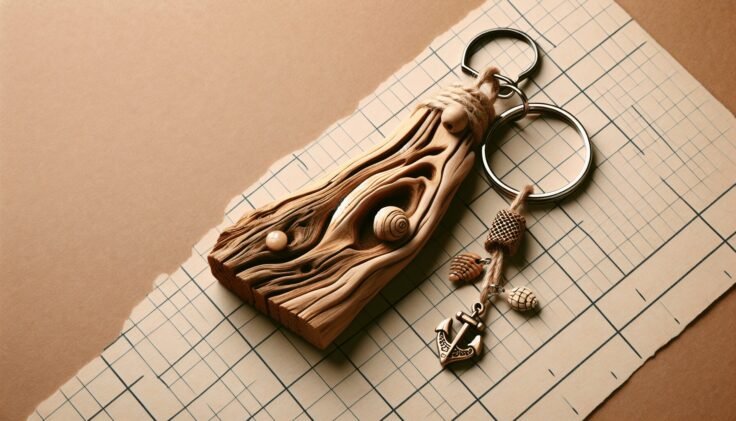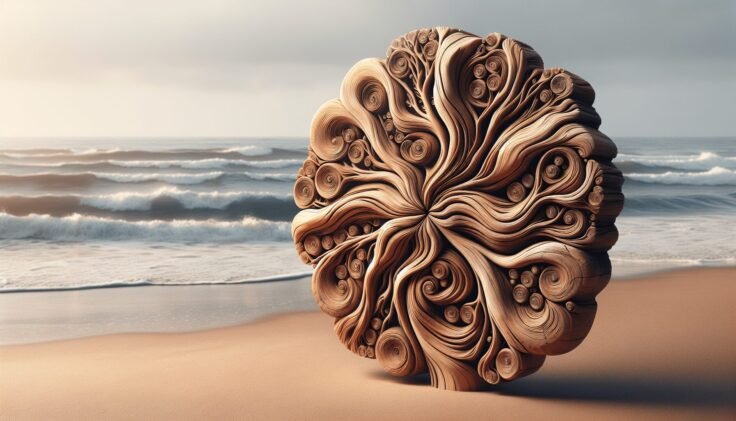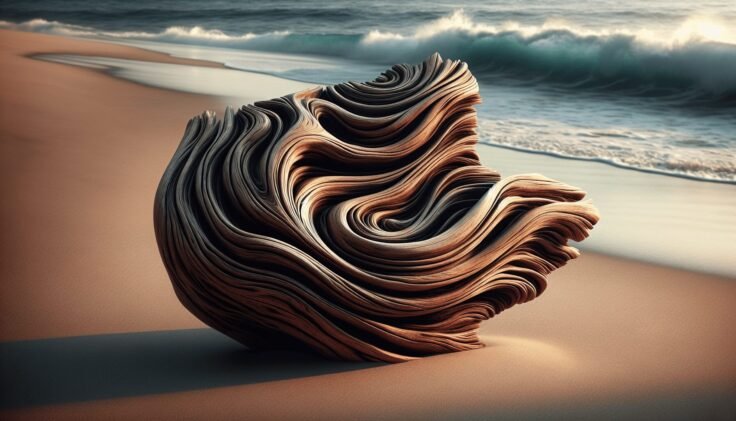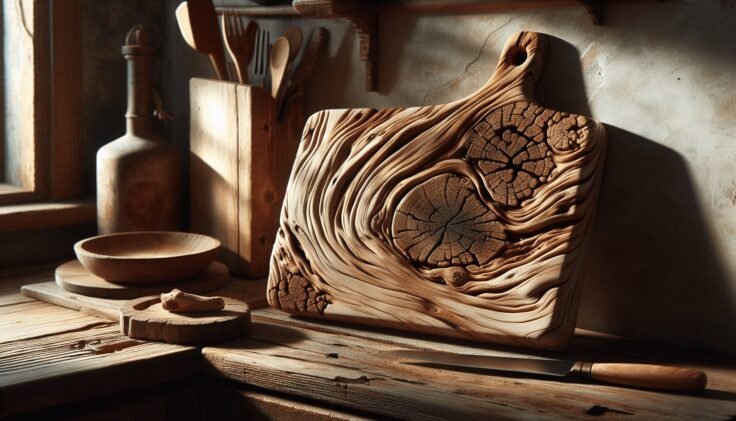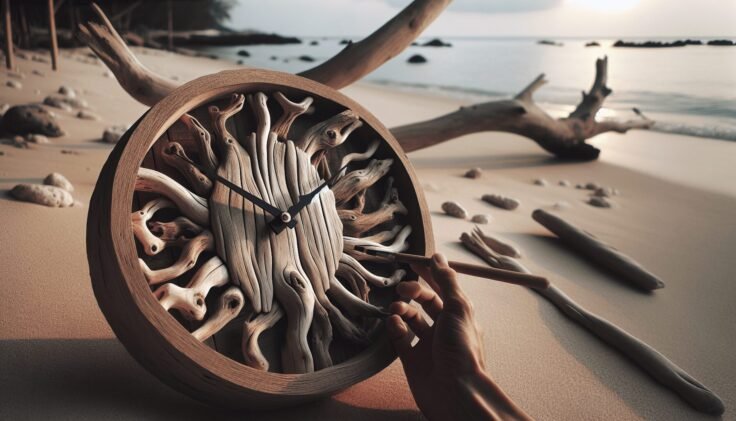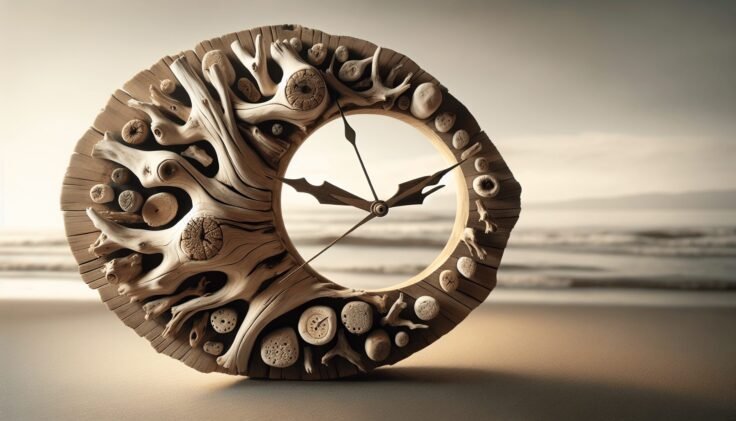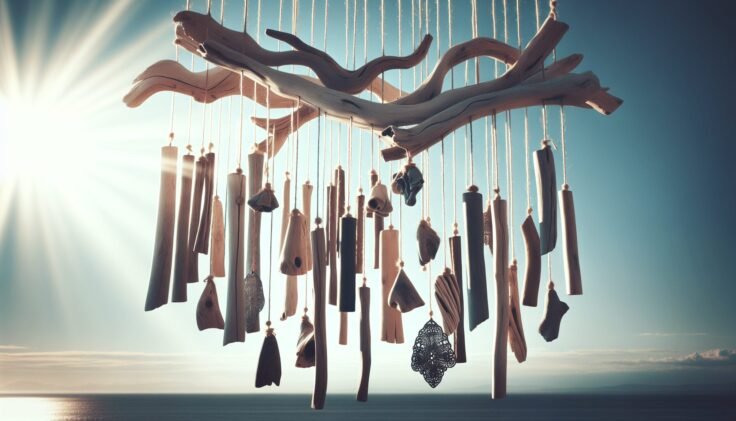Have you ever found yourself wandering along a desolate beach, with the salty breeze whispering secrets as you stumble upon pieces of driftwood scattered along the shore? It’s curious how these bits of wood, worn and weathered by the sea, can hold such captivating stories. Let’s embark on a journey to unlock the mysteries of “Driftwood Keys”—an enchanting blend of nature’s craftsmanship and the ocean’s art.
Understanding Driftwood
What is Driftwood?
Driftwood is essentially pieces of wood that have been washed ashore by the action of tides, winds, and waves. This wood can originate from trees, lumber, or other wooden objects that become waterlogged and are eventually carried by currents to coastal areas. Driftwood is found in different shapes and sizes, each telling its own story of its journey across the waters.
How Driftwood is Formed
The formation of driftwood begins when trees or wooden objects fall into rivers, oceans, or seas. These pieces may travel vast distances, shaped by the elements they encounter. As they drift, they are stripped of their bark and nails by the continuous motion of the water, becoming some of nature’s most intriguing pieces.
The Significance of Driftwood in the Ecosystem
Driftwood plays a critical role in coastal ecosystems. It serves as a habitat for various marine and terrestrial species. Birds, fish, and insects can use driftwood as shelter or as a site for laying eggs. Additionally, when it decomposes, it provides nutrients back to the environment, supporting plant growth along the shorelines.
The Beauty of Driftwood
Artistic Inspiration
Artists and craftspeople have long been inspired by the raw, organic beauty of driftwood. The natural curves and textures make it an ideal medium for creating sculptures, furniture, and decorative pieces. Each piece of driftwood is unique, offering a singular artistic expression that is impossible to duplicate.
Driftwood in Home Décor
Incorporating driftwood into home décor is an increasingly popular trend. It can be used to create everything from simple frames and shelving to elaborate chandeliers. Its rustic, nautical appearance adds a touch of the ocean to any living space, connecting homes with the great outdoors.
The Spiritual and Symbolic Aspects of Driftwood
Many cultures view driftwood as a symbol of strength and resilience. Having weathered the elements and survived an arduous journey, it embodies endurance and adaptability. Some people believe that displaying driftwood in their homes can bring good luck and positive energy, while others use it in spiritual practices to channel the mystical power of the ocean.

Discovering Driftwood Keys
What are Driftwood Keys?
Driftwood Keys are an intriguing concept combining the idea of driftwood with the symbolic nature of keys. In literature and art, keys often represent unlocking potential, secrets, or mysteries. Driftwood Keys may signify unlocking the stories and hidden realities within and around us, connecting us more profoundly to the natural world.
Historical Context of Driftwood Keys
Over time, the symbolism of Driftwood Keys has developed in various cultures. In ancient maritime communities, finding unusual or rare driftwood could be seen as a sign of a message from the sea, potentially holding divine instructions or insights. Today, it can still symbolize the wisdom and lessons gained from nature and the sea.
Collecting Driftwood
Where to Find Driftwood
Driftwood can be found along shores and beaches worldwide. Ideal locations include rugged coastlines, riverbanks, and estuaries where water often deposits debris. When searching for driftwood, timing is everything—the period after high tides or storms often brings more driftwood to shores.
Tips for Responsible Driftwood Collection
It is essential to collect driftwood responsibly to prevent disruption of local ecosystems. Before collecting, check if permits are needed in your area. Avoid taking driftwood from habitats where it is serving a vital ecological role, such as providing shelter for animals. Always remember to collect sustainably, leaving plenty behind for wildlife and natural processes.
Preserving and Cleaning Driftwood
Once you’ve collected your driftwood, cleaning and preserving it ensures its longevity. Rinse it with fresh water to remove salt and sand. Soak it in a bleach solution to eliminate any pests or bacteria, then leave it to dry thoroughly in the sun. Sand any rough spots to make it suitable for crafting or display.

Creative Uses of Driftwood
Craft Projects with Driftwood
Driftwood can be transformed into stunning craft projects. Consider making wreaths, candle holders, mirrors, or wall art. The wood’s organic shape lends a natural elegance to any creation. Combine it with shells, rope, or other natural materials for a distinctly coastal aesthetic.
DIY Driftwood Furniture
For the ambitious DIY enthusiast, driftwood can be crafted into unique furniture pieces. Tables, lamps, and headboards are just a few examples of functional art you can create. Remember to check the stability of your wood and reinforce where necessary to ensure your furniture is both stylish and safe.
Garden and Outdoor Décor
Driftwood is perfect for outdoor projects as it withstands weather conditions better than other wood. Use driftwood to design garden pathways, build small structures, or create focal points in a landscape design. Its natural form complements plants and flowers beautifully, bringing an organic touch to any garden.
The Driftwood Community
Join Driftwood Enthusiasts
If you’re captivated by driftwood, consider joining communities dedicated to this unique material. These groups can be found online and offline, offering discussions, workshops, and events where enthusiasts share techniques and inspiration. It’s a fantastic way to connect with like-minded individuals and appreciate driftwood artistry together.
Ethical Driftwood Trade
With the rise of driftwood popularity, ethical sourcing and trade are crucial. Supporting artisans and businesses that collect driftwood responsibly helps preserve our coastal ecosystems. Look for sellers who prioritize sustainability, ensuring your driftwood pieces are both beautiful and environmentally friendly.
Sharing Your Driftwood Creations
The joy of driftwood crafting is something worth sharing. Whether on social media, in local art shows, or through your community, showcasing your creations can inspire others. Sharing techniques, stories, and insights helps preserve the art of working with driftwood and passes it on to future generations.
Driftwood in Culture and Legend
Driftwood in Folklore
In many cultures, driftwood holds a legendary place in folklore. It was often seen as a source of wisdom, carrying messages from the gods or supernatural beings. Some legends speak of driftwood being used to construct magical objects or communicating with distant spirits.
Literature and Media
Driftwood appears in literature and media as a powerful symbol. Its depiction can evoke themes of survival, transformation, and mystery. Authors and filmmakers use driftwood to add depth and nuance to stories, illustrating characters’ connections to the natural world.
Driftwood Symbolism in Art
Throughout art history, driftwood has been used symbolically to represent change and the passage of time. Each line and curve tells a different part of its journey, making it a compelling subject for artists who want to explore themes of nature, time, and transience.
Conclusion
As you stand at the edge of the shore, watching the steady rhythm of the waves, consider the driftwood pieces strewn about. They are magnificent relics of nature’s tempo, each worn piece a reflection of the beauty and power of the ocean. “Driftwood Keys” invite you to unlock and appreciate the secrets of your world, explore unseen depths, and create new paths with the stories the ocean offers. As you embrace these pieces of nature, you’re humbled and inspired, realizing that in driftwood, we find not only art, but lessons in resilience, adaptation, and the journey of life.
